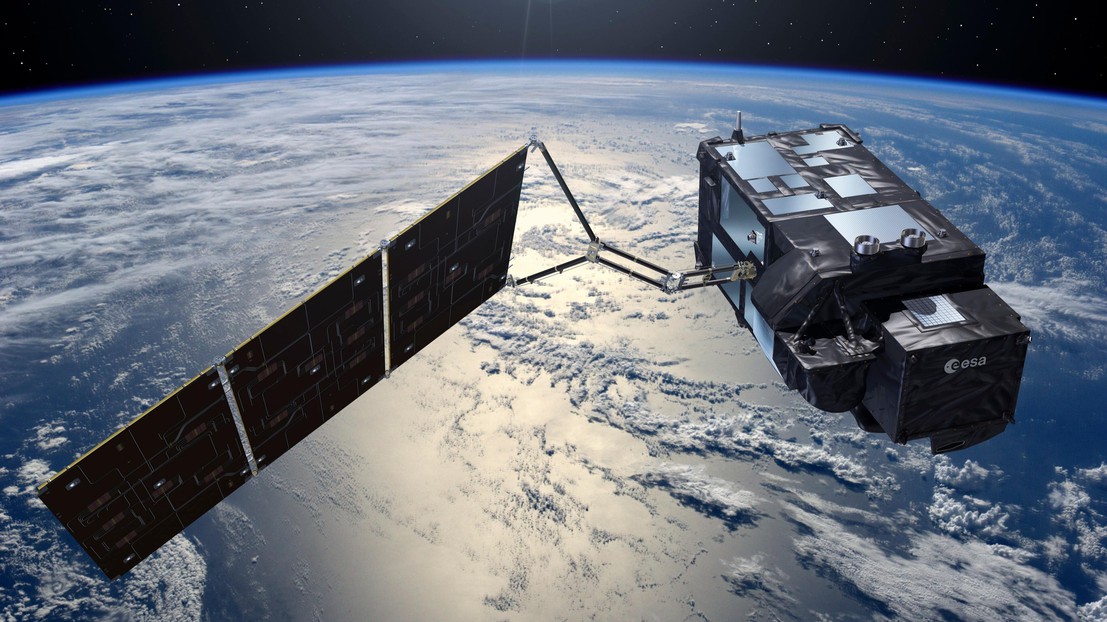Sentinel 3: A satellite to observe the oceans

© ESA
Sentinel-3A was launched yesterday. Developed by the European Space Agency (ESA), this satellite is the third in a series of missions which, combined, form the Copernicus program, which aim to provide Europe with its own Earth observation capabilities for environmental applications. Some Swiss companies are actively involved.
Successfully launched yesterday from the Plesetsk Cosmodrome in northern Russia, Sentinel-3A is now in orbit. Its role will be to collect data for the large-scale observation of land and sea areas, for instance to ascertain surface temperatures, currents and pollution levels. Its “twin brother” Sentinel 3B will complete the mission in early 2017.
These satellites belong to a series of missions intended for the Copernicus program - formerly known as Global Monitoring for Environment and Security (GMES). The European Commission is responsible for overall coordination of the program, whose aim is to provide Europe with its own Earth observation capabilities for environmental applications, climate protection, sustainable development and humanitarian aid. Earth observation from space will help to produce a comprehensive range of data. ESA is responsible for developing Sentinel satellites. A total of five missions are planned, each devoted to monitoring a specific environmental aspect (e.g. oceans, land, vegetation, atmosphere) and each having to meet different technical specifications.
The main purpose of the Sentinel-3 mission is to provide data for observing the oceans. High-precision instruments will globally measure water temperatures with an accuracy of over 0.3 Kelvin; they will measure sea levels and currents, and document water coloration and algae bloom. This data will be used to obtain information on and monitor changes in sea level, pollution and the biological productivity of the sea as an important ecosystem. With almost no time delay, this data can also be used to make ocean prognoses and to map sea ice and maritime traffic. Sentinel-3 will also observe changes in land-use to assess the state of vegetation and monitor forest fires.
The satellites’ payload comprises of four instruments. A multispectral, optical camera, which takes photos of the Earth’s surface from the visible to the infrared region of the spectrum, will measure ocean and land vegetation color, with a spatial resolution up to 300 meters. A radiometer with a spatial resolution of 500 meters will determine surface temperatures with extreme precision. Furthermore, a radar altimeter and a microwave radiometer will provide exact measurements of sea surface height and the presence of sea ice.
Switzerland is strongly involved in ESA’s program to develop Sentinel satellites. Several private Swiss companies contributed in this third mission, such as APCO Technologies, RUAG Space, Syderal , Clemessy Switzerland , Swissoptics.